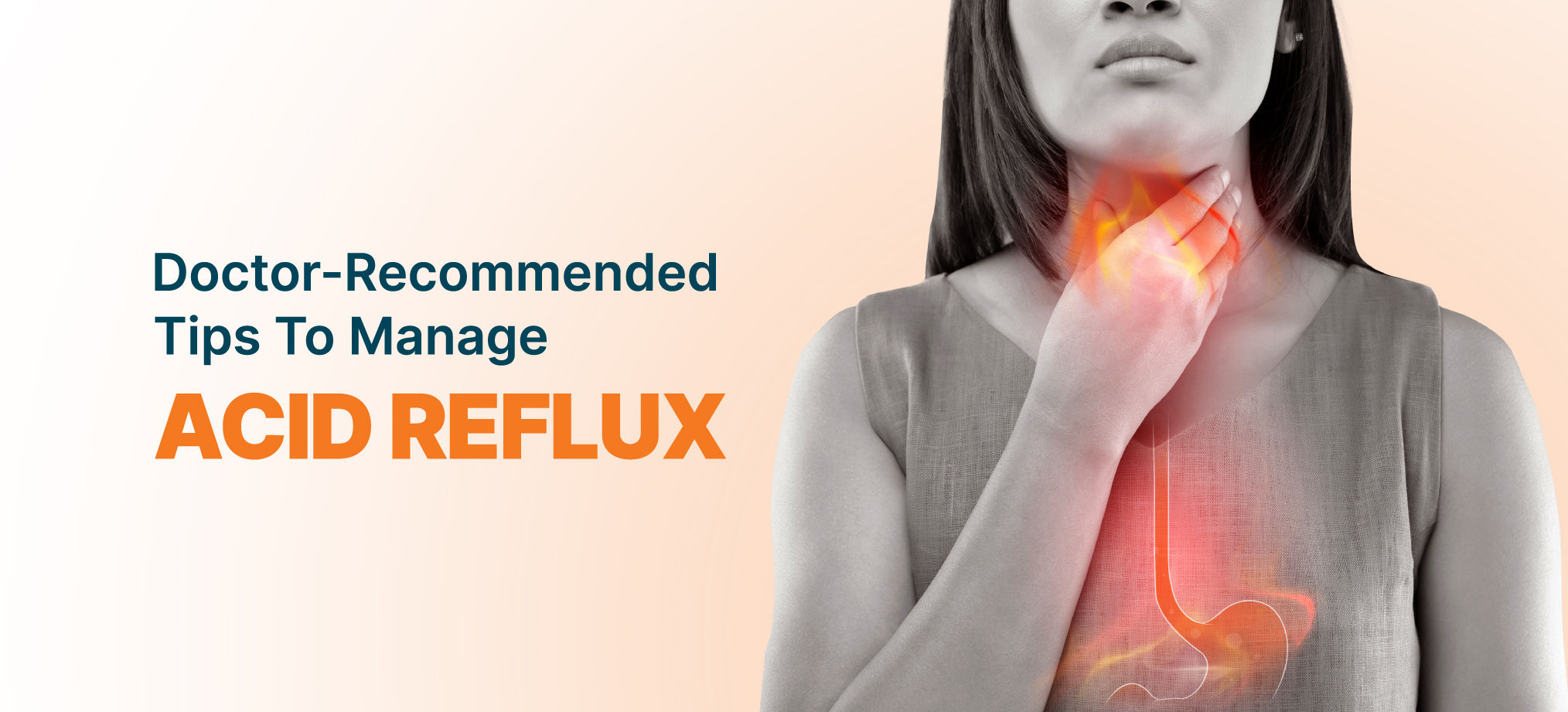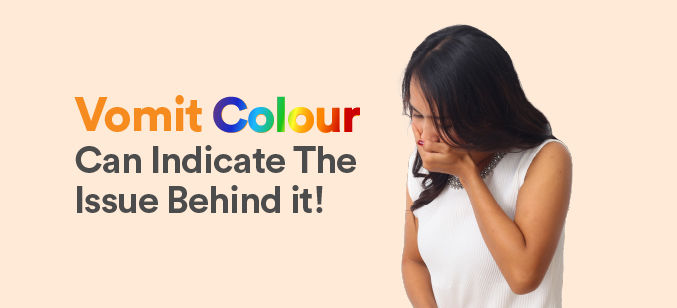Digestive Health
The Difference Between Wheat Allergy, Celiac Disease, and Gluten Intolerance
5 min read
By Apollo 24/7, Published on - 20 August 2021, Updated on - 18 October 2022
Share this article
1
17 likes

Celiac disease, gluten intolerance, and wheat allergy are the three major disorders that are known to trigger unpleasant symptoms following intake of foods made using wheat. While all these problems are quite different from each other, they share certain similar symptoms. Given the overlapping symptoms, it can get really difficult to ascertain the exact cause behind the discomforting aftereffects. The article explains how to distinguish between all three conditions in detail.
(I) Wheat allergy
A wheat allergy can be described as an adverse immune reaction to foods containing wheat. People with wheat allergy are sensitive to at least one of the following wheat proteins - albumin, globulin, gliadin, and gluten. When such people consume or inhale foods containing wheat, their immune systems trigger an allergic reaction. The reaction occurs as a result of the binding of wheat proteins to specific immunoglobulin E (IgE) antibodies made by the immune system. This binding leads to symptoms that are similar to an allergic reaction.
Symptoms
In most instances of a wheat allergic reaction, the symptoms are mild and non-life-threatening. Some of the most common symptoms of wheat allergy are:
- Hives (skin rash)
- Headache
- Sneezing
- Nasal congestion
- Difficulty in breathing
- Nausea and/or vomiting
- Stomach cramps
- Diarrhoea.
In some cases, wheat allergy can lead to anaphylaxis, a life-threatening reaction that can send the body into shock. Symptoms of anaphylaxis include chest pain, dizziness or fainting, severe difficulty in breathing and swallowing food, throat swelling, and bluish skin color.
Risk factors
Family history and age are the most common risk factors for wheat allergy. People who have a family history of allergies, asthma, or eczema are more likely to have wheat allergy than others. Wheat allergy is also more common in babies and young children than adults. The increased risk in children can be attributed to their immature immune and digestive systems. Most children outgrow the wheat allergy by the age of 16 years.
Diet and Treatment
People with wheat allergy should avoid the intake of foods containing wheat, such as roti, bread, pasta, cookies, etc. They may also need to avoid other grains that contain wheat proteins such as rye, oats, and barley. A physician may prescribe antihistamines to reduce the severity of wheat allergy symptoms. Antihistamines are usually taken after exposure to wheat or foods containing wheat. People who are at risk of severe allergic reactions to wheat may also be prescribed epinephrine for anaphylaxis. Such people would be required to carry two injectable doses of the emergency medication at all times.
(II) Celiac Disease
Celiac disease, sometimes called celiac sprue or gluten-sensitive enteropathy, is a chronic digestive and immune disorder that damages the small intestine. When a person with celiac disease consumes foods containing gluten, they experience an adverse immune reaction that causes inflammation in the small intestine. The inflammation damages the lining of the small intestine. Over time, this creates problems for the absorption of nutrients from foods (malabsorption).
The intestinal damage caused by the celiac disease often causes long-lasting digestive problems. Other long-term complications of celiac disease in adults include infertility, miscarriage, lactose intolerance, cancer, and nerve diseases. In children, the malabsorption of nutrients can adversely their growth and development.
Symptoms
Celiac disease affects each individual differently. The signs and symptoms in adults are different from those observed in children.
Some of the most common symptoms in adults are:
- Chronic diarrhoea
- Fatigue
- Weight loss
- Constipation
- Bloating
- Abdominal pain
- Nausea and vomiting.
In some adults, the malabsorption of nutrients from food caused by celiac disease can also result in joint pain, anemia (low hemoglobin count), osteoporosis (poor bone density), hyposplenism (impaired functioning of the spleen), dermatitis herpetiformis (itchy skin and rashes) and mouth ulcers.
In children, celiac disease may lead to the following digestive problems:
- Chronic diarrhoea
- Constipation
- Swollen belly
- Gas
- Nausea and vomiting
- Pale, foul-smelling stools.
Malabsorption caused by celiac disease can also make children prone to weight loss, anemia, poor tooth enamel, delayed puberty, and neurological problems like attention-deficit/hyperactivity disorder (ADHD), learning disabilities, and seizures.
Risk factors
Compared to others, people with the following health conditions are at a greater risk of celiac disease:
- People with a family history of celiac disease or dermatitis herpetiformis
- Type 1 diabetes
- Down syndrome
- Addison’s disease
- Autoimmune thyroid disease
- Microscopic colitis (lymphocytic or collagenous colitis).
Diet and Treatment
Currently, there is no known cure for celiac disease. The only way to manage the condition is to follow a strict, lifelong gluten-free diet. Efforts should be made to maintain an optimum intake of essential nutrients to avoid malnutrition while following such a diet.
(III) Gluten sensitivity or intolerance
Gluten intolerance, also known as non-celiac gluten sensitivity (NCGS), is a condition characterized by the adverse response of the body to gluten, a protein found in wheat and some other grains. People with gluten intolerance experience symptoms similar to celiac disease. However, unlike celiac disease, the condition doesn’t lead to long-term health effects. It causes only mild discomforting symptoms. The symptoms of gluten intolerance can also resemble those triggered by wheat allergy or irritable bowel syndrome (IBS).
It is still not precisely clear what causes gluten intolerance. Some studies indicate that other components of gluten-containing grains may be causing some of the symptoms. Interestingly, there are also no biomarkers or tests to diagnose this condition. Gluten intolerance is diagnosed only after a person tests negative for celiac disease and wheat allergy.
Symptoms
Some of the most common symptoms of gluten intolerance are:
- Fatigue
- Diarrhoea
- Bloating
- Constipation
- Abdominal pain
- Nausea or vomiting.
Other less common symptoms are headache, confusion, anxiety, brain fog, skin rash, and joint or muscle pain.
Diet and Treatment
There is no treatment for gluten intolerance. People with gluten intolerance should avoid foods with gluten in their diet. Nevertheless, occasional intake of gluten is unlikely to cause severe symptoms, unless a person has celiac disease.
Takeaway
There are many people who experience unpleasant symptoms after eating foods made using wheat or those containing gluten. These effects are usually triggered by disorders such as celiac disease, gluten intolerance and wheat allergy. Nevertheless, it is not easy to identify the underlying cause as most of these conditions share certain similar symptoms. Therefore, it is recommended to consult a qualified physician to diagnose the underlying condition. Meanwhile, people suffering from unpleasant symptoms should avoid the intake of wheat and gluten-rich foods.
For any questions or concerns regarding digestive health including food allergies and disorders, you can consult a gastroenterologist.
Also, explore a range of gluten-free products to keep food disorders at bay.
Digestive Health
Leave Comment
Recommended for you

Digestive Health
Early Morning Practises That Can Help Relieve Constipation
Constipation often leads to gas and abdominal pain. Usually caused by dehydration or an imbalanced diet, prolonged constipation can lead to severe digestive problems. However, adopting some morning practices can help relieve constipation effectively and improve your overall digestive system.

Digestive Health
Most Googled Questions On GERD Answered By An Apollo Expert
Frequent episodes of acid reflux post meals can be a sign of GERD. Read on to know the answers to some of your GERD-related queries.

Digestive Health
Yellow, Green, Black or Red Vomit: What It Means & What to Do?
While vomit is a definite sign that something is going wrong in your body, it is also a specimen whose colour, texture, and taste can help you identify the exact thing gone wrong.
Subscribe
Sign up for our free Health Library Daily Newsletter
Get doctor-approved health tips, news, and more.
Visual Stories

Hidden Health Benefits in a Bowl of Salad
Tap to continue exploring
Recommended for you

Digestive Health
Early Morning Practises That Can Help Relieve Constipation
Constipation often leads to gas and abdominal pain. Usually caused by dehydration or an imbalanced diet, prolonged constipation can lead to severe digestive problems. However, adopting some morning practices can help relieve constipation effectively and improve your overall digestive system.

Digestive Health
Most Googled Questions On GERD Answered By An Apollo Expert
Frequent episodes of acid reflux post meals can be a sign of GERD. Read on to know the answers to some of your GERD-related queries.

Digestive Health
Yellow, Green, Black or Red Vomit: What It Means & What to Do?
While vomit is a definite sign that something is going wrong in your body, it is also a specimen whose colour, texture, and taste can help you identify the exact thing gone wrong.